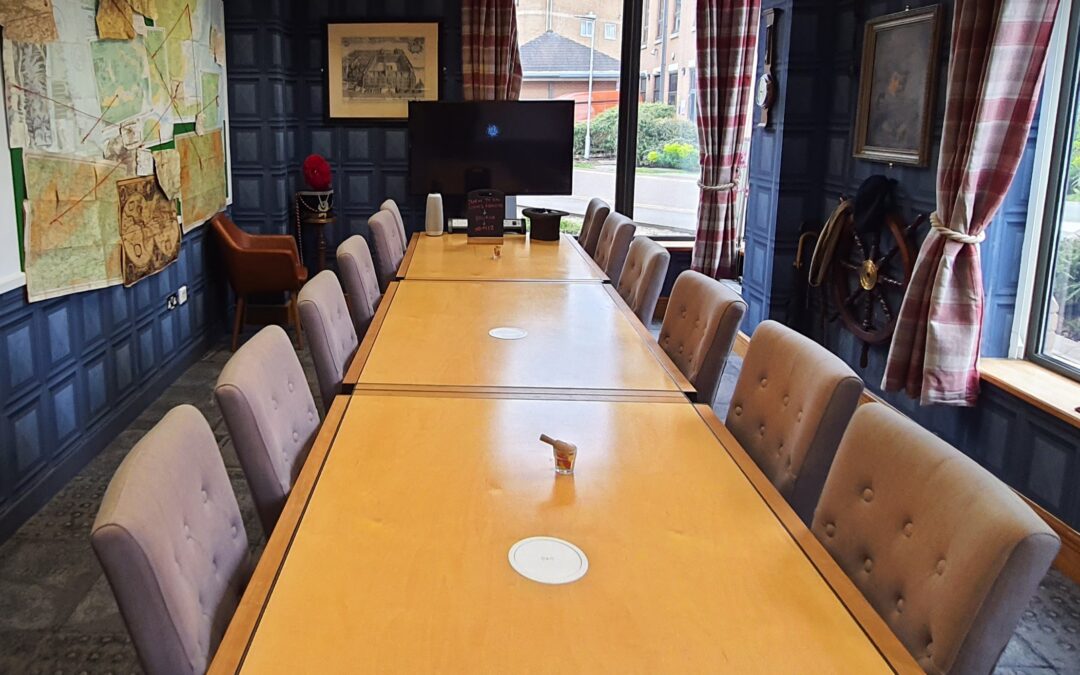Reduction in Force is a is a rather stale term for what is always a significant event, both for the organisation and for each individual involved, whether they are leaving or staying. High emotions, adrenalin and sleepless nights usually feature in the mix, and besides all that, there are a huge number of priorities to juggle – legal considerations, consultations, restructuring.
In the midst of all these big changes, it’s very easy for the humble employee survey to take a back seat, and at a first glance that is understandable:
- Everyone is incredibly busy, whether dealing directly with the project or just coping with less pairs of hands in their team. No one has time to fill out a survey let alone run a survey project.
- Having just done a major cost cutting exercise, any spend in the immediate aftermath will attract closer scrutiny and require greater justification than usual.
- Emotions are high, moods are low and this appears to be the perfect storm for ‘bad’ survey ‘results’. If the organisation has only ever done surveys to ‘look good’, gain a spot in a league table or generally pat itself on the back, then this probably seems a terrible time to do one!
Fortunately, the number of organisations who treat their employee survey as a vanity exercise is diminishing. Where the reason for conducting one comes from a place of wanting to gain a deep understanding of the nuances of workforce experience, it starts to become obvious that there is no more important time than after such a far-reaching event.
Because the workforce makeup has changed, it is wise to re-establish the different experiences different groups are having. Even if this is something that has previously been a high priority, it is very likely that the RIF event will have affected different groups in surprisingly different ways. Getting a handle on this and taking action early on will have compound results. Equally, the decision to delay a survey until ‘things are quieter’ will often have quite the reverse effect – an undiscovered or badly understood issue takes root and can become disproportionately amplified.
An RIF also brings with it many changes – some out of necessity and others because this juncture represents a fresh start. In order to measure the effectiveness of any of these initiatives, it is imperative to establish a benchmark before they begin. This is true at any time, but none more so than now, both because there are likely to be many more changes to track and also because many could be more experimental than usual. Making decisions about the effectiveness and future trajectory of any of these projects becomes much clearer when the impacts can be measured.
A survey is a powerful form of communication, as well as a means to listen. You will communicate via the messaging you use in and around your survey, by the choices in the question set itself, and by the very act of running your survey. It will communicate that you are not hiding, that you are listening, and that you intend to roll up your sleeves and take action where action needs to be taken. As tempting as it is to keep a low profile until things settle, this is a pivotal moment when leadership is needed and your survey will be one of the building blocks to the next phase in the journey.
Reductions in force create a challenging environment for an organisation – they bring up a huge variety of emotions and challenges within the workforce and the natural instinct is to pull away from that. However, leadership and HR teams who are able to roll out surveys following a RIF will have access to an invaluable bank of information. By asking the right questions, truly listening to employees, and closing the loop to ensure that feedback is actioned, an employee survey of any type can be a strong tool to rebuild or maintain trust with the workforce and help the organisation steer a new course.
If any of this has provided food for thought and you would like to chat further, please get in touch using the chat button below – one of our team would be very happy to explore these ideas with you. Alternatively, check our Webinars page for upcoming events.
Read more in our blog: Using Data for Decisions

